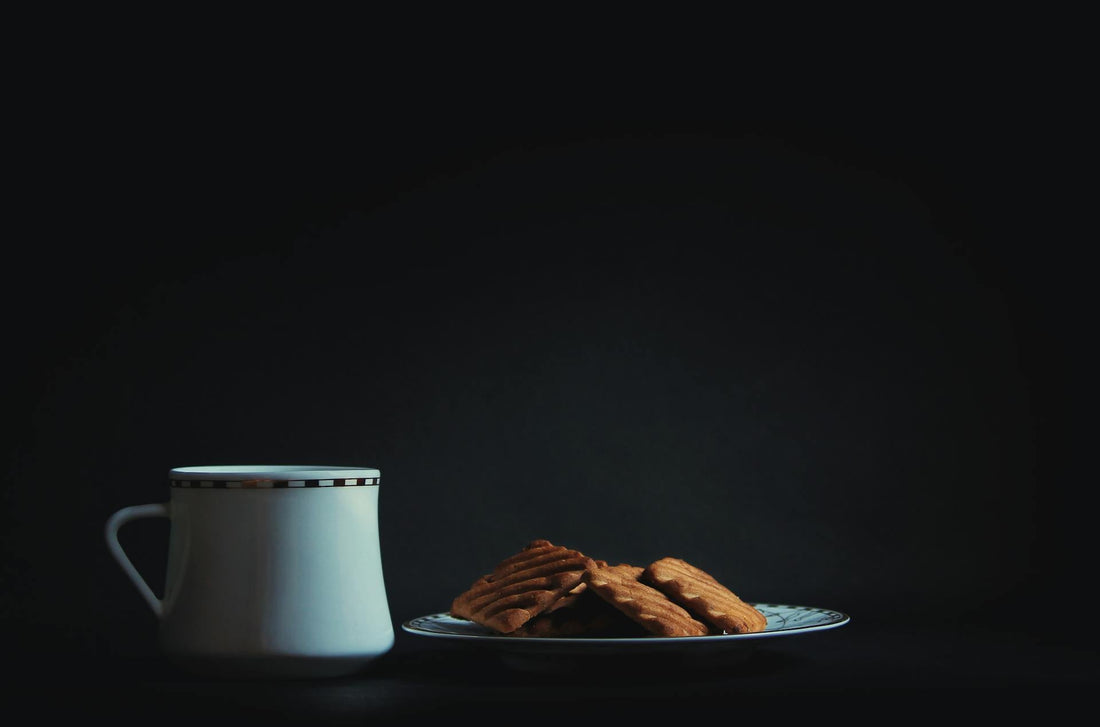
Most people drink coffee the way they always have—dump grounds in a machine, hit a button, and hope for the best. But true coffee connoisseurs? They treat coffee like an art form. They don’t just drink it; they experience it.
Want to taste coffee the way it was meant to be enjoyed? Buckle up. We’re about to take a deep dive into the secret world of coffee experts—where beans, water, and technique collide to create pure magic.
1. The Beans Make or Break Your Brew
Here’s the hard truth: if you’re buying coffee in a can or pre-ground, you’re already losing. Coffee starts to degrade the moment it’s ground, and those big-brand coffees? They’ve been sitting on shelves for months.
Connoisseurs choose single-origin beans—coffee sourced from a specific region, sometimes even a single farm. Why? Because just like wine, where the grapes grow affects the flavor. Ethiopian coffee? Bright and fruity. Sumatran? Deep, earthy, and bold.
Then there’s the roast. Light roast keeps the bean’s original flavors intact, offering floral, fruity, or tea-like notes. Medium roast brings in a little caramel sweetness. Dark roast? Smoky, bold, and full of chocolatey bitterness.
Pro Tip: Buy whole beans, grind them fresh, and always check the roast date—aim for coffee roasted within the last two weeks.
ant to elevate your coffee game? Try a freshly roasted bag from Solude Coffee. You’ll never go back.
2. Water: The Most Overlooked Ingredient
You could have the world’s best beans, but if you’re using tap water straight from the faucet, you’re sabotaging your coffee.
Coffee is 98% water. That means bad water equals bad coffee. Minerals in your water (or worse, chlorine) can kill delicate flavors.
Connoisseurs use filtered water with just the right balance of minerals. Too little, and the coffee tastes flat. Too much, and the flavors get muddled.
Pro Tip: If your coffee tastes off, it’s probably the water. Use a good water filter, or buy bottled spring water with around 150 ppm of total dissolved solids (yes, this matters).
Want a foolproof water solution? Try Third Wave Water—it’s mineral packets made just for coffee brewing.

3. Grinding: The Secret to Unlocking Flavor
Grinding isn’t just a formality—it’s everything.
If your grind is too coarse, the water passes through too quickly, leaving you with weak, underwhelming coffee. Too fine, and you’ll over-extract, getting bitter, muddy flavors.
Connoisseurs grind fresh right before brewing and adjust their grind size based on the method:
- French Press: Coarse, like sea salt
- Drip Coffee Maker: Medium, like sand
- Espresso: Fine, like powdered sugar
- AeroPress: Somewhere between drip and espresso
Pro Tip: Get a burr grinder, not a blade grinder. Blade grinders chop beans unevenly, leading to inconsistent flavors. Burr grinders crush them to a uniform size, which means better extraction and better taste.
Want effortless perfection? The Baratza Encore is a connoisseur’s favorite entry-level grinder.
4. Brew Like a Scientist, Taste Like a Sommelier
Ask a coffee connoisseur how they brew, and they’ll tell you: precise measurements, controlled variables, and a little bit of patience.
They don’t guess. They weigh their coffee and water to get the perfect ratio—usually 1:16 (1 gram of coffee for every 16 grams of water).
They time the brew. They adjust based on taste. Every variable is a chance to make the coffee better.
Some of the most respected brewing methods:
-Pour-Over (V60 or Chemex): Clean, bright flavors, like drinking coffee in high definition.
-French Press: Full-bodied, rich, and packed with flavor.
-Espresso: Intense, syrupy, and the base for lattes and cappuccinos.
-AeroPress: Versatile and easy, with flavors somewhere between pour-over and espresso.
Pro Tip: Use a gooseneck kettle for pour-over coffee—it gives you the control you need to get the best extraction.
Want an easy upgrade? Try a scale and timer—game-changer.

5. The Art of Tasting: Drinking Coffee Like a Pro
Sipping coffee isn’t just about getting caffeine into your system. Connoisseurs take their time. They taste coffee the way wine experts taste wine.
Here’s how:
- Smell first. Coffee’s aroma is a huge part of the experience. Does it smell like chocolate? Berries? Spices?
- Slurp. Yes, slurp. It aerates the coffee and spreads flavors across your palate.
- Find the flavors. Is it fruity? Nutty? Bright? Earthy?
- Check the mouthfeel. Does it feel thin like tea or thick like cream?
- Notice the aftertaste. Does it linger? Is it sweet, bitter, or clean?
Pro Tip: Keep a coffee journal to track what you like. You’ll start seeing patterns in your preferences.
Want to try a pro-tasting experience? Go to a local coffee cupping event and taste coffee like a true connoisseur.
6. Milk & Sugar? A Connoisseur’s Perspective
Coffee purists drink it black to experience all the nuances. But adding milk and sugar? That’s up to you.
A true connoisseur doesn’t just dump in cream and sugar as a habit. They add it with intention:
- Milk softens acidity and brings out caramel flavors.
- Sugar enhances sweetness but can mask delicate notes.
- Oat milk is the best alternative—it foams well and has a neutral sweetness.
Pro Tip: If you usually take cream and sugar, try a high-quality, light-roast coffee black. You might not need them.
Want a perfect latte at home? Try an espresso machine or a simple milk frother.

Ready to Drink Like a Connoisseur?
Coffee isn’t just a drink—it’s an experience. By upgrading your beans, water, grind, and brewing method, you’ll unlock flavors you never knew existed.
Don’t settle for boring, lifeless coffee. Taste the real thing.
Want to experience coffee the way connoisseurs do? Get yourself a fresh bag today!
All images shown in this blog are sourced from pexels.com.

